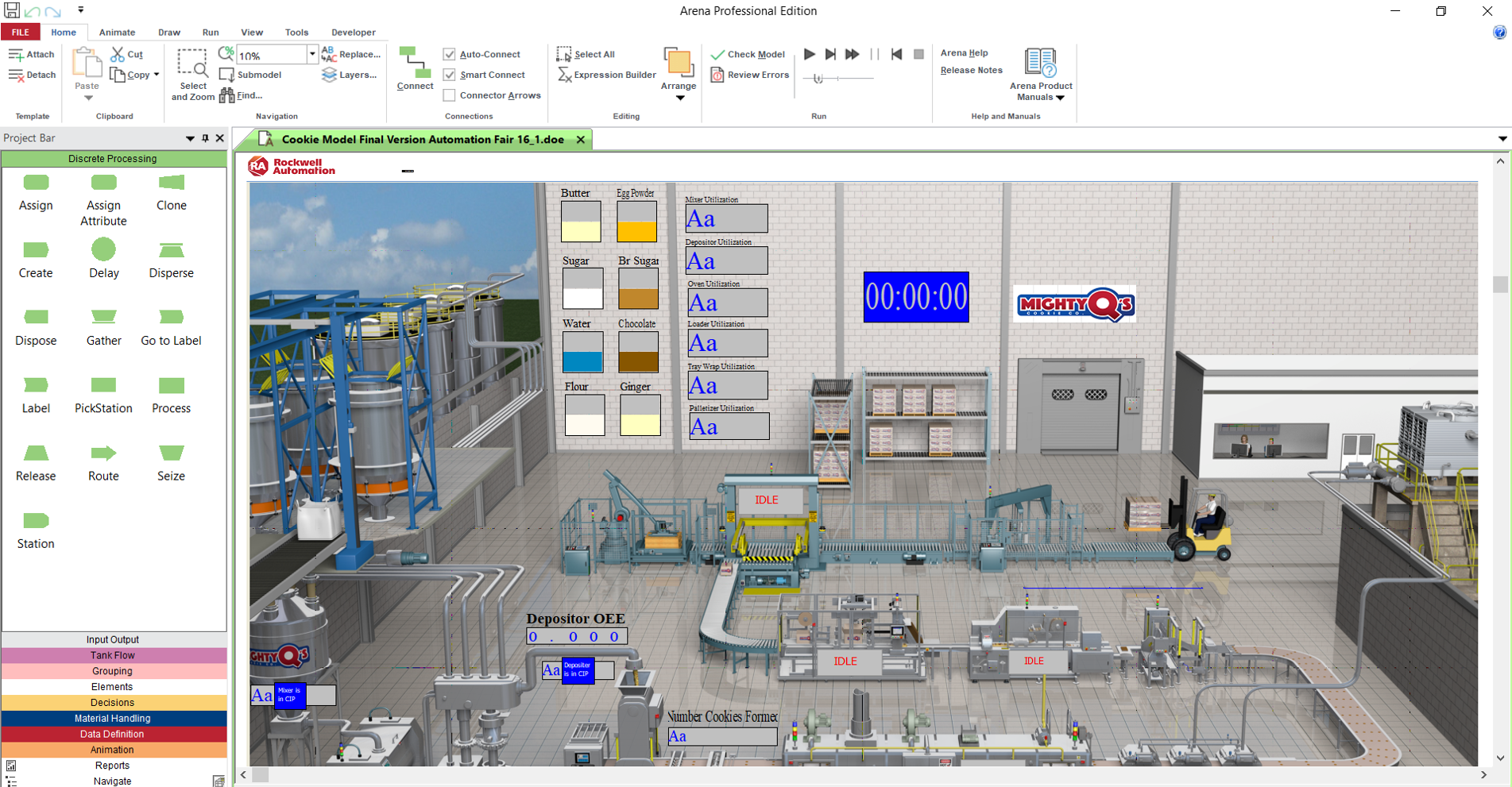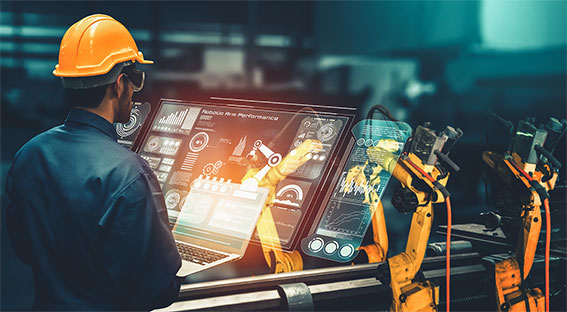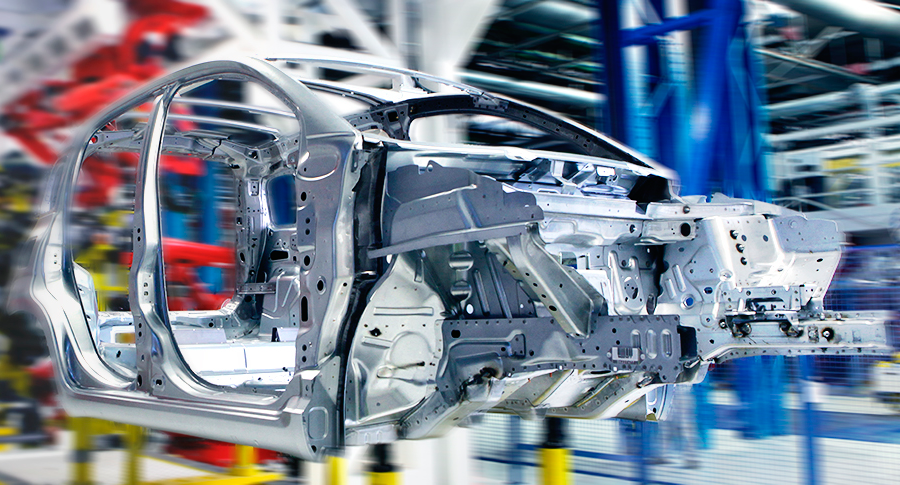Arena Simulation
Model and Analyze Every Aspect of Your Manufacturing Processes
Arena Simulation is a product of Rockwell Automation
Arena Simulation is a product of Rockwell Automation
Arena is a discrete event simulation and automation software: it enables manufacturing organizations to increase throughput, identify process bottlenecks, improve logistics and evaluate potential process changes.


Evaluate potential alternatives to determine the best approach to optimizing performance.
Understand system performance based on key metrics such as costs, throughput, cycle times, equipment utilization and resource availability.
Reduce risk through rigorous simulation and testing of process changes before committing significant capital or resource expenditures.
Determine the impact of uncertainty and variability on system performance.
Visualize results with 2D and 3D animation

Send your technical questions to our experts!
Connect you with an EnginSoft expert who can provide a reliable answer to your technical question or recommend a
proven solution.

CASE STUDY
Sailing and engineering teams have been dealing with a new set of challenges ranging from boat handling, tactics and, it goes without saying, the design of these new vessels and their subsystems.
marine optimization modefrontier
CASE STUDY
The text discusses the importance of digital simulation models in modern factory design and reconfiguration, particularly in response to shorter product lifecycles and increased customization demands. Traditional design methods often lead to inefficiencies and high costs, making digital simulation essential for creating flexible and adaptable production systems. The article highlights a case study involving a furniture assembly factory, where a manufacturer needed to efficiently handle a variety of custom kitchen cabinet orders. The system integrator was tasked with designing a robotic assembly line that could maintain production efficiency despite the high variety of products.
industry4 SIMUL8
CASE STUDY
This paper explores the transformative potential of Extended Reality (XR)—encompassing Virtual Reality (VR), Augmented Reality (AR), and Mixed Reality (MR)—when integrated with Artificial Intelligence (AI) in industrial and engineering applications. XR technologies enable businesses to visualize, interact, and optimize product designs, training processes, and customer support functions.
digital-manufacturing optimization artificial-intelligence

CASE STUDY
In this case study, EnginSoft engineers explain how they used modeFRONTIER to assist Comau, a Fiat Chrysler subsidiary, to optimize their approach to the preliminary design of production systems for automotive manufacturing system RFQs.
automotive optimization rail-transport modefrontier SIMUL8 iphysics industry4
CASE STUDY
The following article explains how this new approach to the design of automated machines can enable industrial automation OEMs and system integrators to achieve these business imperatives with the assistance of industrialPhysics simulation software.
mechanics iphysics industry4